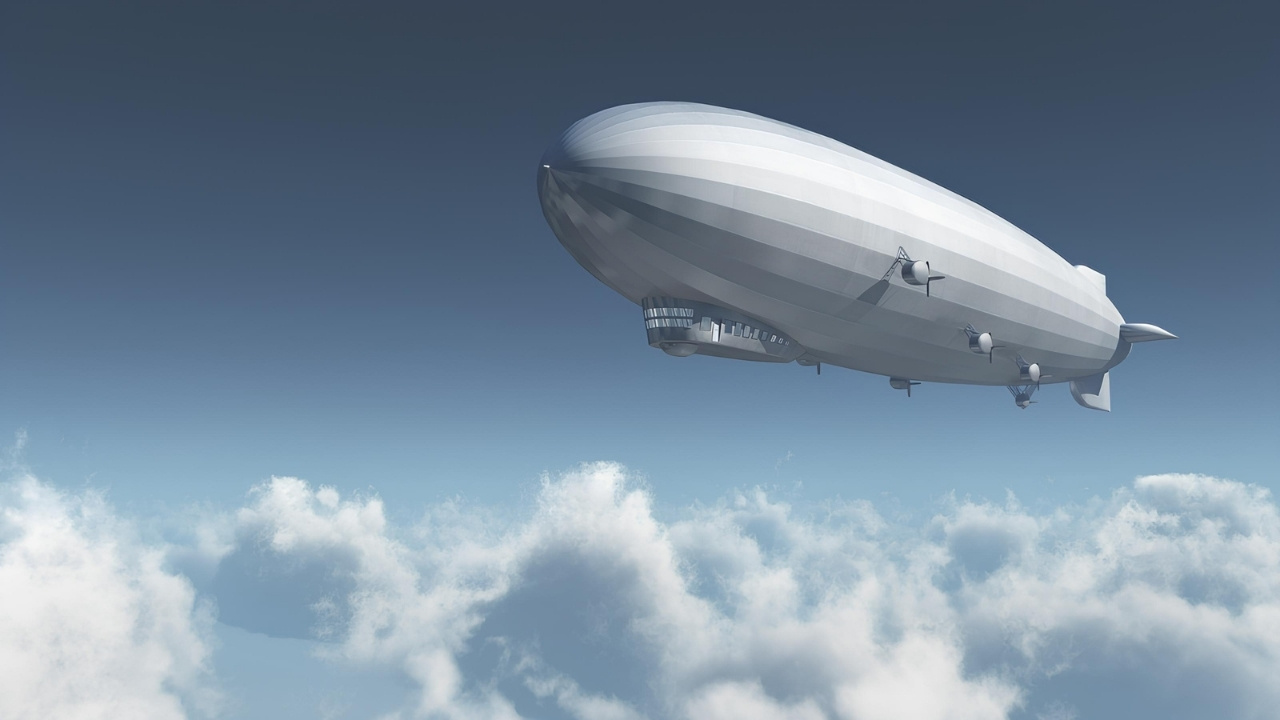
Zeppelins—those majestic airships that once ruled the skies—have a rich history filled with innovation, adventure, and a touch of mystery. But what exactly makes these floating giants so fascinating? Zeppelins were more than just a mode of transportation; they were symbols of human ingenuity and ambition. From their role in early 20th-century travel to their use in wartime reconnaissance, these airships have left an indelible mark on history. Did you know that the first Zeppelin was launched in 1900? Or that these airships could stay aloft for days, covering thousands of miles? Buckle up as we dive into 28 intriguing facts about Zeppelins that will leave you in awe of these incredible flying machines.
What Are Zeppelins?
Zeppelins are large airships that were once a marvel of engineering. They floated through the skies, capturing imaginations and changing the way people thought about air travel. Here are some fascinating facts about these giant flying machines.
-
Zeppelins are named after Count Ferdinand von Zeppelin, a German general and later an aviation pioneer.
-
The first successful flight of a Zeppelin took place on July 2, 1900, near Friedrichshafen, Germany.
-
Unlike hot air balloons, Zeppelins are rigid airships with a framework made of metal.
-
They were filled with hydrogen gas, which is lighter than air, allowing them to float.
-
The Hindenburg disaster in 1937 marked the end of the Zeppelin era. The airship caught fire while attempting to land in New Jersey.
How Zeppelins Were Used
Zeppelins had many uses, from military operations to commercial flights. They were versatile and could travel long distances.
-
During World War I, Zeppelins were used by Germany for reconnaissance and bombing missions.
-
They could fly at altitudes of up to 20,000 feet, making them difficult targets for enemy planes.
-
Zeppelins were also used for passenger travel, offering luxurious accommodations and scenic views.
-
The Graf Zeppelin, launched in 1928, completed the first commercial passenger flight around the world.
-
They were used for mail delivery, with special postal stamps issued for Zeppelin mail.
The Technology Behind Zeppelins
The technology that made Zeppelins possible was groundbreaking at the time. Engineers had to solve many challenges to get these airships off the ground.
-
Zeppelins had a rigid framework made of duralumin, a strong yet lightweight alloy.
-
The outer skin was made of cotton fabric coated with a special varnish to make it airtight.
-
Multiple gas cells inside the framework held the hydrogen, providing lift.
-
Engines mounted on the sides of the airship powered propellers for forward motion.
-
They had a gondola attached to the bottom, where the crew and passengers stayed.
The Legacy of Zeppelins
Even though Zeppelins are no longer in use, their legacy lives on. They paved the way for modern air travel and left a lasting impact on aviation history.
-
The Zeppelin NT, a modern version of the classic airship, is used for sightseeing and research missions today.
-
The term "blimp" is often used interchangeably with Zeppelin, but blimps are non-rigid airships without a metal framework.
-
Zeppelins inspired the design of early airplanes and helicopters.
-
They are featured in many movies, books, and video games, capturing the imagination of new generations.
-
The Zeppelin Museum in Friedrichshafen, Germany, is dedicated to preserving the history of these iconic airships.
Interesting Tidbits About Zeppelins
There are many lesser-known facts about Zeppelins that are just as intriguing as their more famous counterparts.
-
The largest Zeppelin ever built was the LZ 129 Hindenburg, which was 804 feet long.
-
Zeppelins could stay aloft for days at a time, making them ideal for long-distance travel.
-
They had a cruising speed of around 80 miles per hour, much slower than modern airplanes.
-
The interior of passenger Zeppelins was often compared to that of luxury ocean liners.
-
Zeppelins were used for Arctic exploration, providing a unique vantage point for scientists.
-
The U.S. Navy operated several Zeppelins, including the USS Los Angeles, which was used for reconnaissance and training.
-
Zeppelins were considered a symbol of technological progress and modernity in the early 20th century.
-
Despite their size, Zeppelins were surprisingly maneuverable, able to make tight turns and hover in place.
The Legacy of Zeppelins
Zeppelins have left a lasting mark on history. These massive airships, once symbols of innovation, played crucial roles in both world wars and commercial aviation. Their unique design and engineering marvels continue to fascinate enthusiasts and historians alike. Despite their decline after the Hindenburg disaster, zeppelins paved the way for modern air travel and lighter-than-air technology. Today, they serve as a reminder of human ingenuity and the relentless pursuit of progress. Whether used for advertising, tourism, or scientific research, zeppelins still capture our imagination. Their story is a testament to the highs and lows of technological advancement. So next time you see an image of one of these giant airships, remember the incredible journey they represent. Zeppelins may no longer dominate the skies, but their legacy soars on.
Was this page helpful?
Our commitment to delivering trustworthy and engaging content is at the heart of what we do. Each fact on our site is contributed by real users like you, bringing a wealth of diverse insights and information. To ensure the highest standards of accuracy and reliability, our dedicated editors meticulously review each submission. This process guarantees that the facts we share are not only fascinating but also credible. Trust in our commitment to quality and authenticity as you explore and learn with us.
